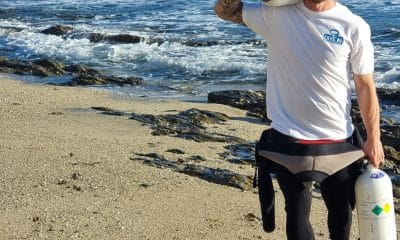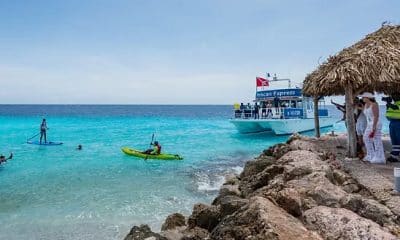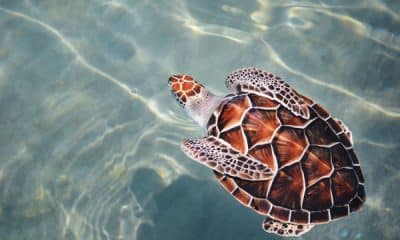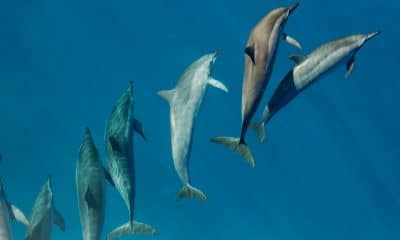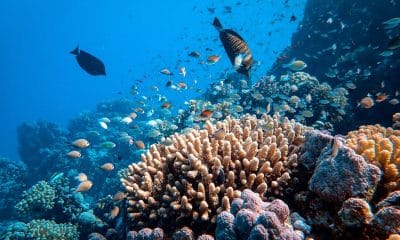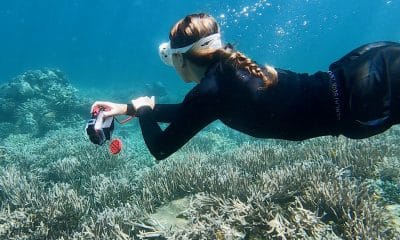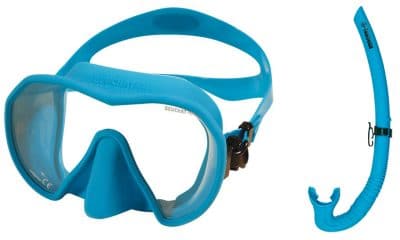Blogs
Sean Chinn’s Snorkel Journeys: Part 3 – Socorro Sharks
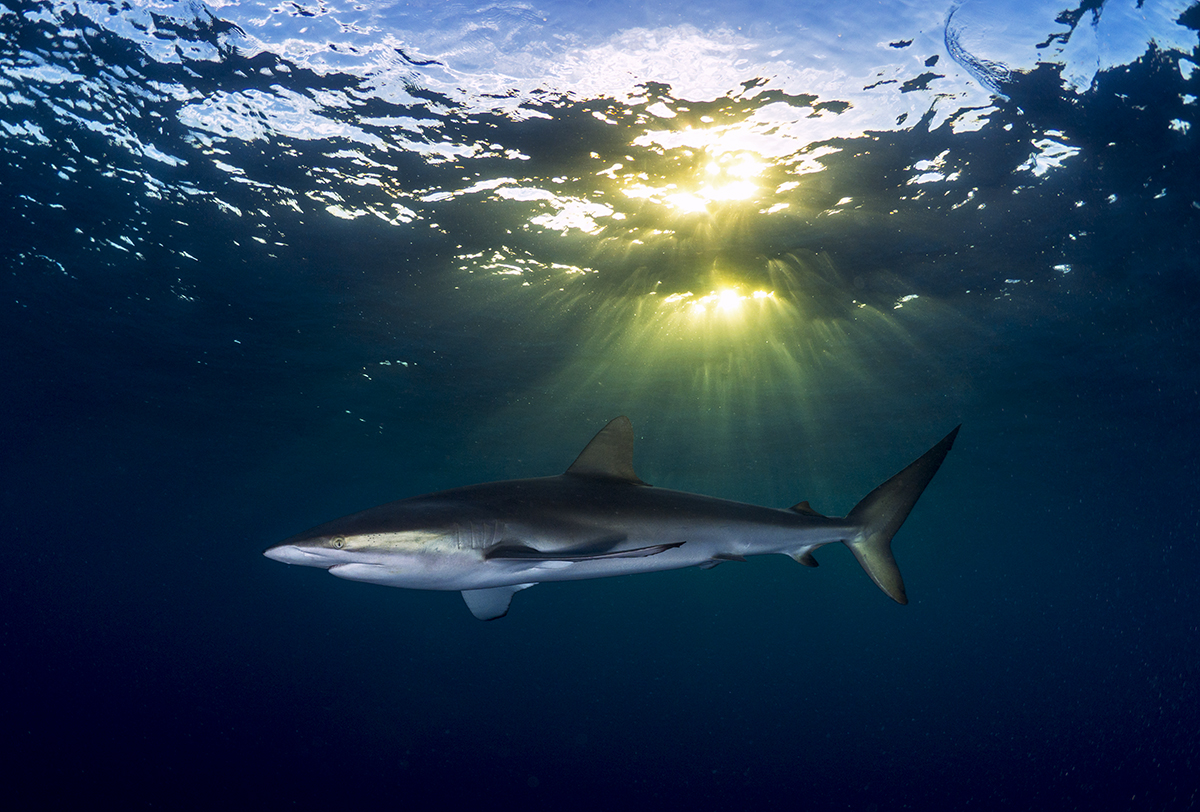
In this ongoing series regular contributor and worldwide snorkel adventurer Sean Chinn shares his snorkel journeys.
Part 3 – Socorro Sharks
Revillagigedo Archipelago or the more commonly known Socorro Islands are a diver’s paradise. Situated around 280 miles from the mainland at Cabo San Lucas, they are only accessible on liveaboard. Does that mean you have to be a scuba diver to visit this amazing place? Or could you join the trip as snorkeler? I’d certainly say if you have a diving partner or friend and you wanted to join them here, then why not? There was a non-diver on our trip back in 2017 and there’s certainly opportunities to experience some amazing snorkelling.
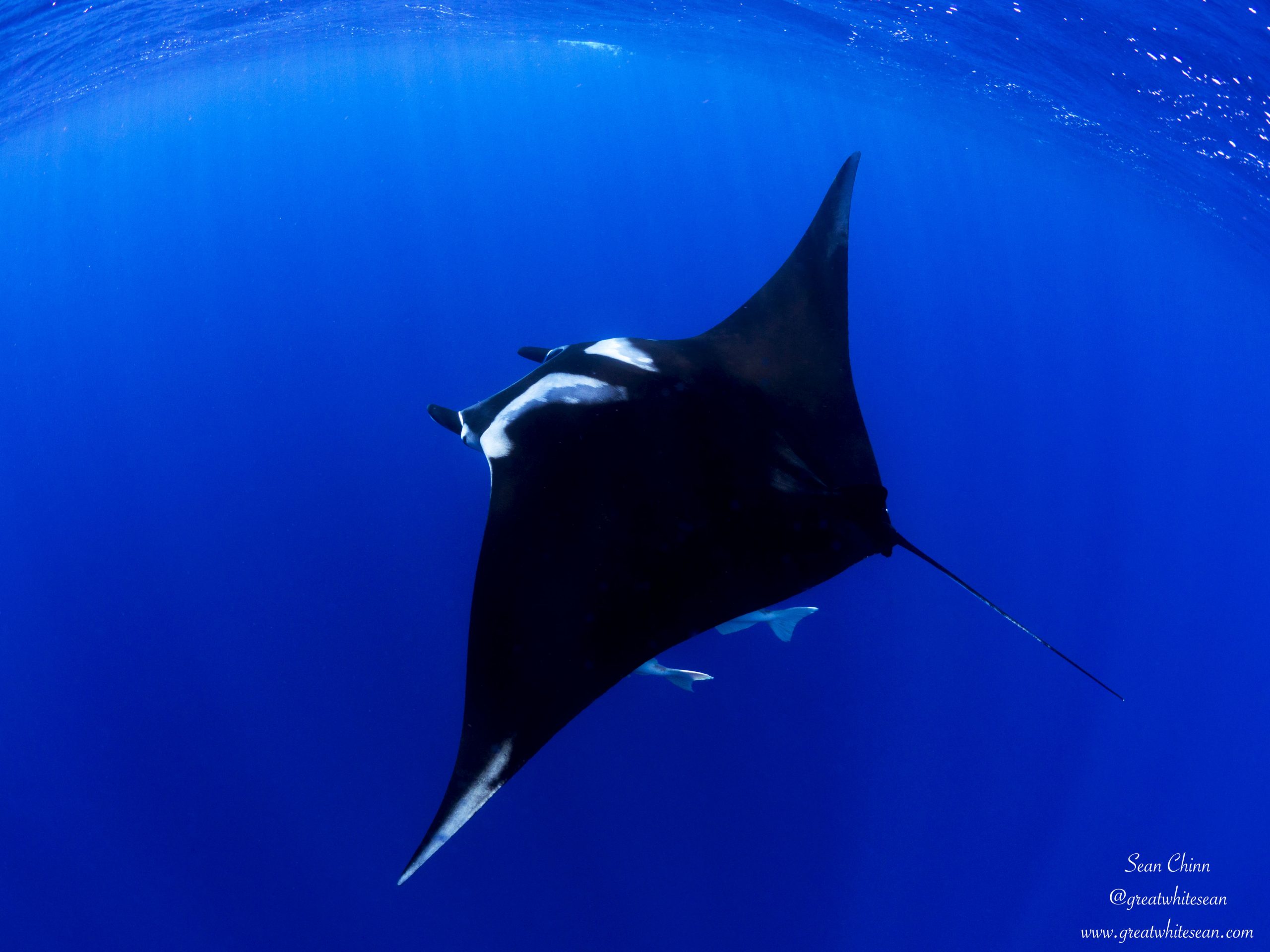
My first experience getting in the water at the surface with a snorkel actually came at the end of a dive and we were on the rib on the way back to the boat. A manta ray was spotted at the surface and not one to miss an opportunity I grabbed my mask, snorkel and fins and rolled back in. It was only a couple of minutes spent at the surface but such an amazing experience with a majestic manta. On the same day we also spotted a humpback whale from the boat and went out exploring to see if we could find it to enter the water with it. Unfortunately we weren’t lucky this time but imagine the thrill if you had the opportunity to snorkel with a whale!!
The big opportunity for snorkelling came with the silky sharks that were using the boats lights to hunt flying fish at night. This created a funny moment on the first night they were there as I was standing on the back deck showering and a flying fish flew out the water into my… (cough cough), well you get the picture. I threw it back in but unfortunately it was still dazed and was an easy target for a waiting silky. We didn’t actually get in and snorkel this night but the next day after a day diving around Socorro Island the silky sharks were waiting for us at sunset. Snorkelling with sharks at golden hour was a special experience as the golden rays of the setting sun pierced through the water highlighting the beauty of beneath the waves.
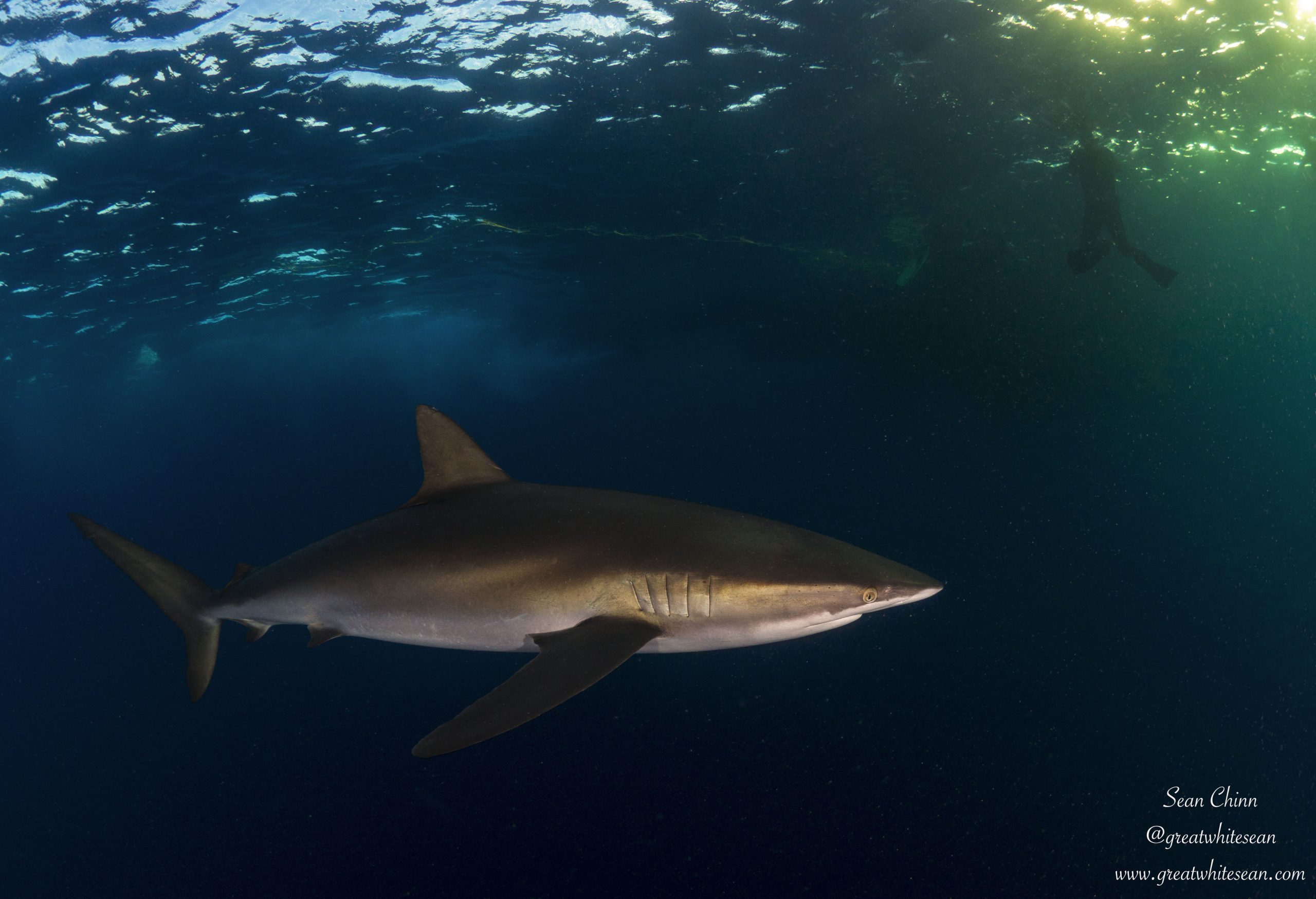
A silky shark passes by under the dappled light of sunset while snorkelling at the back of the boat.
As the sun went down it was time for dinner. However our snorkel adventure wasn’t over and as the sharks became more active at night it created an adrenaline-fuelled night time snorkel with excitable sharks hunting. Most the guests onboard had opportunities in the water with them and it certainly was exciting as the sharks would slink their way through the thrilled swimmers. It wasn’t long before we had to get back onboard so the boat could head to Roca Partida for the next day’s diving. Luckily for me there was also silky sharks around the boat at night the next night as well. This time nobody else onboard wanted to get in the water. I couldn’t miss the opportunity to snorkel at night with sharks again and got in. This was a much more nerve-racking experience being alone in the water with 20-30 animated sharks. After around half an hour and being bumped by numerous sharks I didn’t want to push my luck and decided it was time to get out the water but was left with memories to last a lifetime.
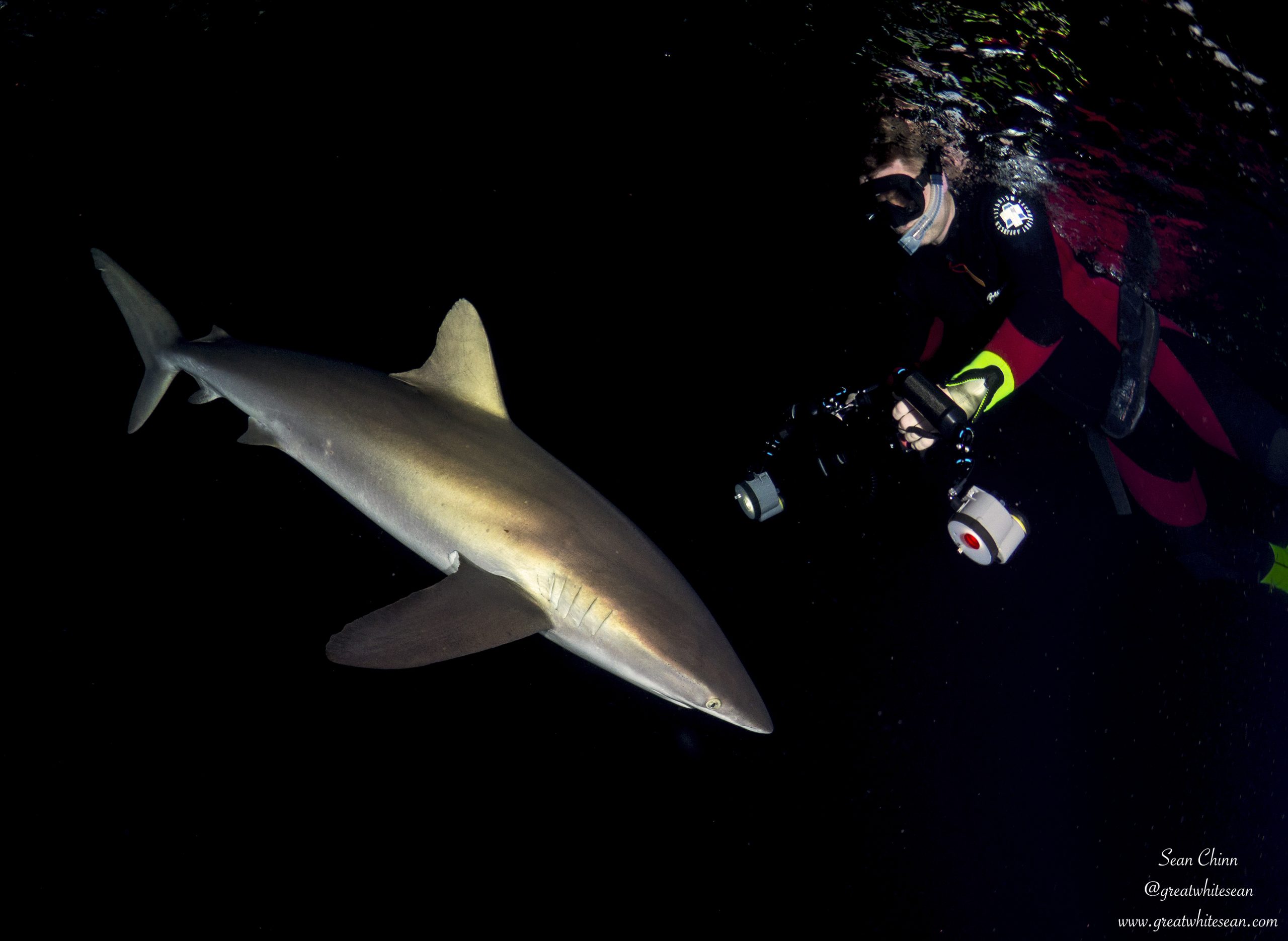
Snorkelling with silky sharks at night was an amazing adventure for all onboard.
Find out more about Sean, his photography and his trips at: www.greatwhitesean.com
Blogs
The Suit Ocean Team leads the Ultimate Curacao Snorkeling Adventure
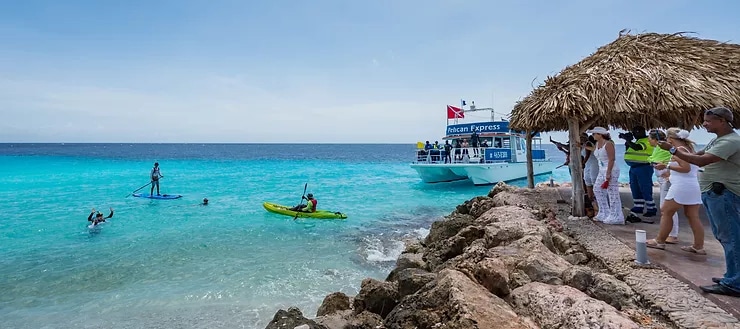
As passionate residents of our Dutch Caribbean Island, we must congratulate The Suit Ocean Team for creating more awareness about the importance of protecting our beautiful fringing reef systems in Curacao.
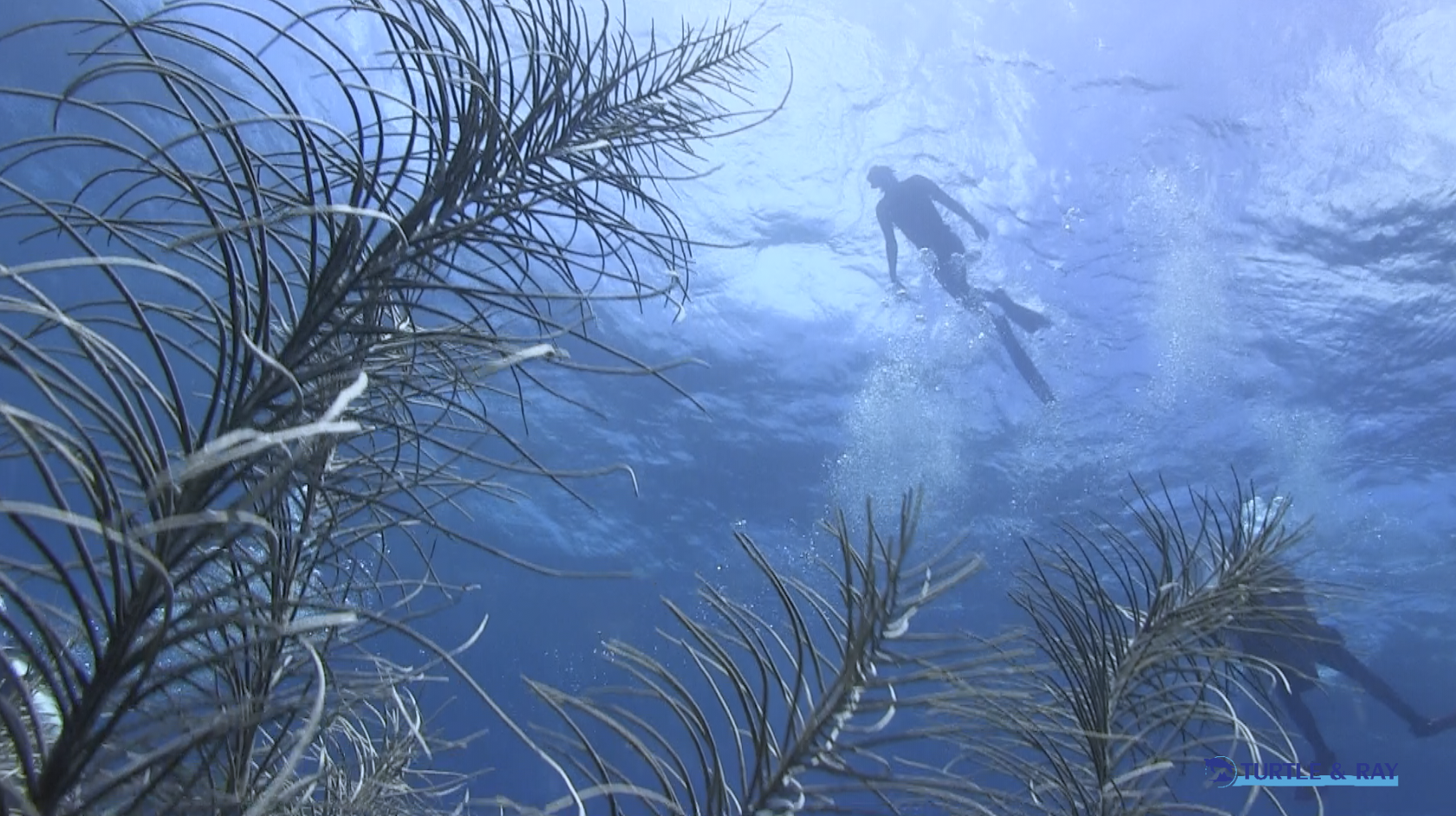
The film, Curacao Underwater Kunuku (Kunuku is Papiamento for Garden), not only documents this ultimate snorkeling adventure showing you how easy it is for everyone to access and enjoy a snorkel or diving experience, but it also showcases the interaction between man and nature, highlighting the beauty of underwater life while promoting conservation, preservation and the need to protect these vital habitats.
These are the key ingredients to this beautiful short film documentary. Watch NOW and please enjoy our “CURACAO UNDERWATER KUNUKU”.
This film, produced by the Lawrence Mensa Foundation (LMF), is also available in multiple languages including: Spanish, Papiamentu, Dutch, Portuguese and German.
Blogs
8 Unique Places to Go Snorkeling in Europe
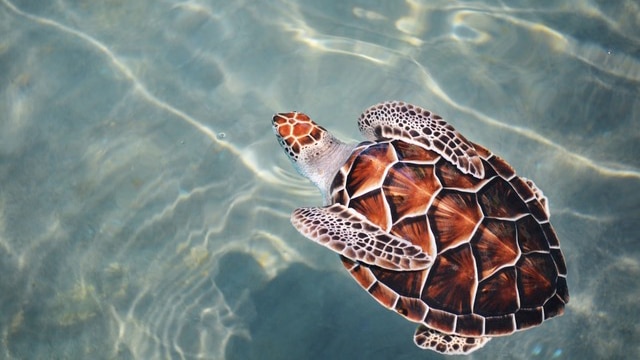
Snorkeling in Europe brings to mind golden sands dotted with beach umbrellas, clear waters, and rocky landscapes busy with Mediterranean fish life. Europe offers all of that, but it also offers so much more for snorkelers. Among Europe’s diverse countries, you can find impossibly bright blue lagoons, idyllic islands, and pristine marine reserves that host thousands of sea turtles and playful seals. You can snorkel over a sunken Roman city and explore one of the world’s premier marine megafauna hotspots. Ready for a summer vacation? Get inspired with our round-up of 8 unique places to go snorkeling in Europe.
Comino, Malta
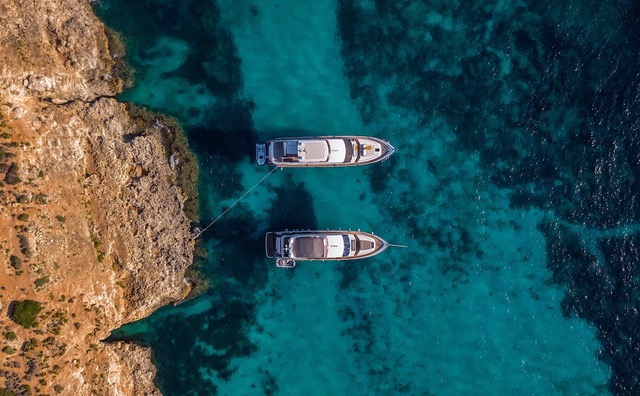
Sitting between the islands of Malta and Gozo, Comino Island is a paradise for snorkelers and divers alike. This tiny island hosts the brightest blue waters in the Maltese Islands and offers fantastic snorkeling among sheltered inlets and caves busy with diverse marine life.
Comino is best-known for hosting the Blue Lagoon; a bucket-list destination with crystal-clear waters and striking rocky landscapes. It is the perfect place to go snorkeling, take a hike, or simply marvel at the gorgeous scenery.
Medes Islands, Spain.
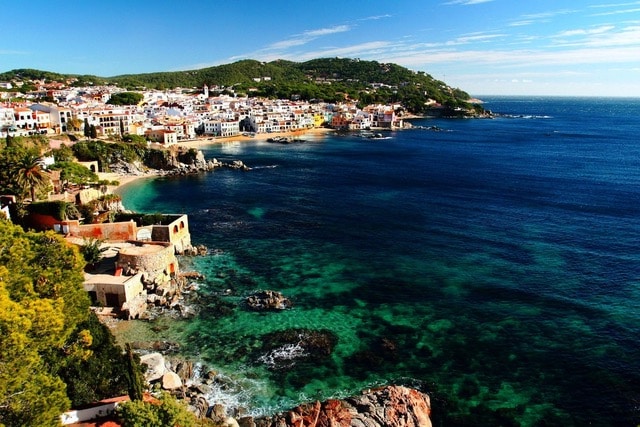
With over 500 dive sites and seaside destinations all along its coastline, Spain draws tourists from around the world. This vibrant country is one of Europe’s top vacation spots.
The Costa Brava in northeastern Spain is home to some of the most famous snorkeling spots in the country, one of which is the Medes Islands. This small archipelago of seven islets off L’Estartit is one of the best marine reserves in all of the Mediterranean.
Fishing was banned at the Medes Islands over 30 years ago, which has allowed marine life to flourish there. Seagrass meadows and rocky areas busy with fish await. A visit to this exceptional marine ecosystem is a must if you are visiting Spain.
Zakynthos, Greece.
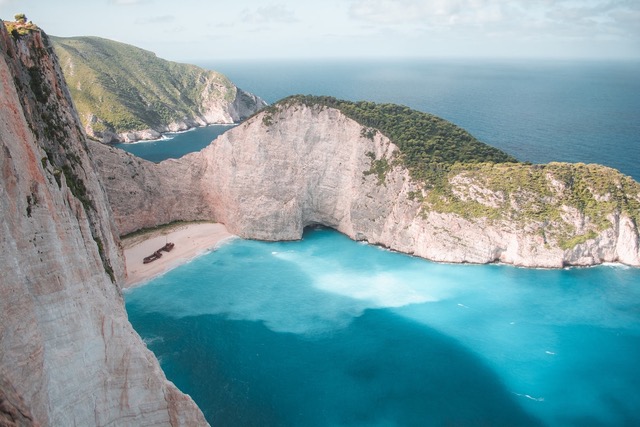
If you love sea turtles, Greece should be top of your list of places to go snorkeling in Europe.
Zakynthos is home to Marathonisi Island, also known as ‘Turtle Island’. This small island sits within the National Marine Park of Zakynthos and is a vital breeding ground for loggerhead sea turtles. The National Marine Park of Zakynthos was created in 1999 to protect these turtles, plus rare Mediterranean monk seals, which give birth to their young in Zakynthos’s secluded caves.
Marathonisi, nearby Cameo Island, and Zakynthos, are the top places in Europe to swim with turtles. In the summer months, thousands of loggerhead turtles visit the area to lay their eggs and you can go snorkeling with them.
Lundy Island, United Kingdom.
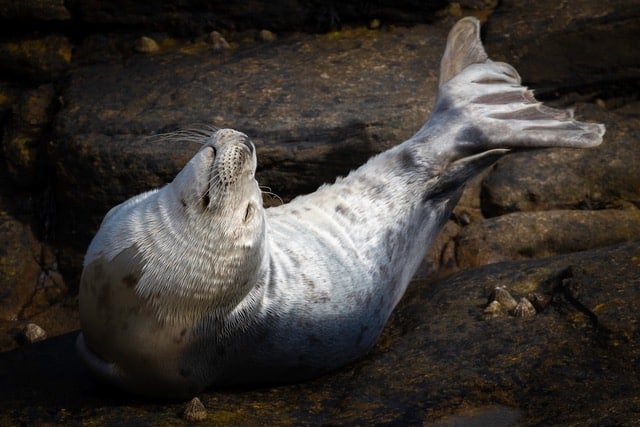
Snorkeling with seals is bound to leave a smile on your face. These cheeky animals are known for getting up close to snorkelers, checking them out, and occasionally nibbling fins.
Lundy Island is one of the best places to go snorkeling with seals in Europe. This island sits just 12 miles off the coast of Devon and hosts a breeding colony of Atlantic grey seals. The seals can be found playing in the surf and lounging in the sunshine at various points around the island.
Grab your snorkeling kit and dive in. Below the water, you will find shallow sunlit kelp forests, a variety of reefs, sea caves, and pinnacles. Lundy is a popular place for diving, but you will see plenty of marine life from the surface, including bright cup corals, anemones, fish, and hopefully seals.
Sunken City of Baiae, Italy
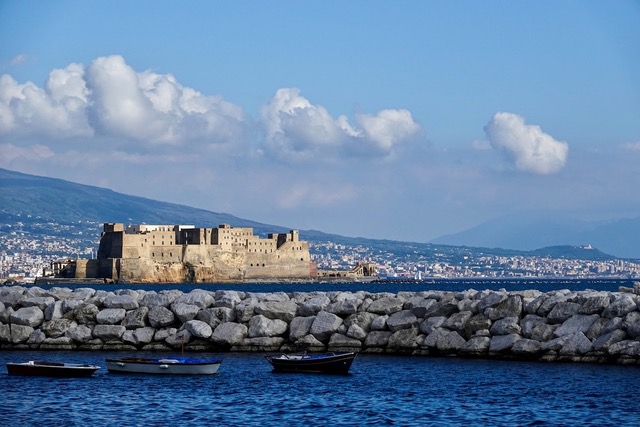
Not every great snorkeling experience is about marine life. In Italy, you can snorkel over ancient Roman ruins.
Two thousand years ago, Baiae was the destination for rich Romans to escape the city and relax by the seaside. Countless emperors and merchants flocked to Baiae’s shores every year, until tectonic activity forced this thriving city underwater.
Today, Baiae is an intact underwater city and one of the top highlights of snorkeling and diving in Italy. Observing these ruins is a breath-taking experience that brings history to life. There are Roman statues, a thermal spa, paved roads, and pillars dating back to the 1st century BC.
Corsica, France
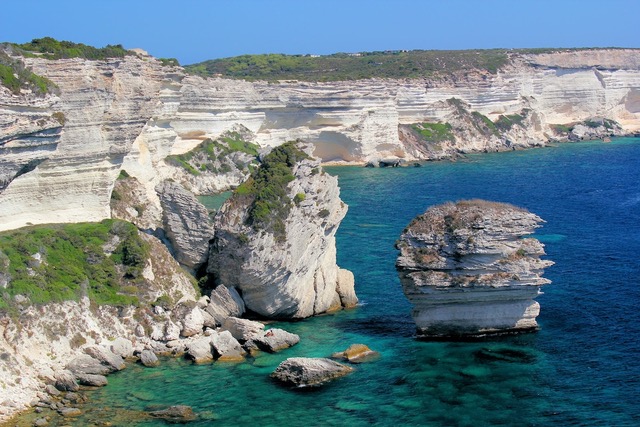
Corsica is renowned for its crystal-clear waters and shallow bays perfect for snorkeling with your kids.
This gorgeous island in the Mediterranean Sea boasts dramatic cliffs and white-sand beaches that hosts a wealth of accessible snorkeling spots. There are rich seagrass beds and rocky landscapes, plus small hidden coves dotted around the island. All of which host a diverse array of marine life, including huge schools of fish, octopi, moray eels, and starfish.
Corsica’s calm waters make it ideal not just for kids, but also for beginner snorkelers and those who want an easy time in the water. With water temperatures reaching up to 26 °C, plus water visibility of up to 30 meters, Corsica ticks the boxes for a laidback beach and snorkeling vacation.
Traun River, Austria
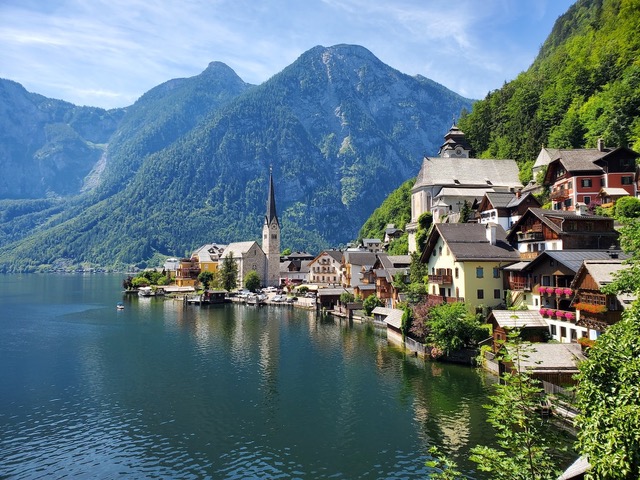
You might not think of Austria for snorkeling, but this land of iconic mountains and lush green landscapes has pristine lakes that attract divers and snorkelers every year. Away from the lakes, you can go snorkeling in spring-fed rivers that gleam in the sunshine.
Forget about floating on the surface when you go river snorkeling. At the Traun River in Upper Austria, river snorkeling involves rock jumping, canyoning, and some relaxed floating downstream. Along the way, you can explore interesting rock formations, underwater caves, and a waterfall, and meet freshwater fish life. This is also an excellent spot to go drift diving.
The Azores, Portugal
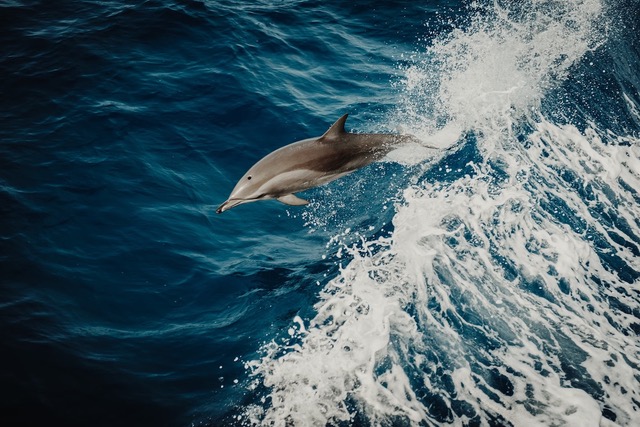
Sitting in the middle of the Atlantic Ocean and surrounded by endless blue waters, the Azores is a mecca for marine megafauna.
These famous islands host a remarkable amount of marine life, including more than 27 whale and dolphin species, mobula rays, and sharks. Snorkeling at the Azores is a great way to experience this wealth of life. You can swim with dolphins and snorkel among dozens of mobula rays and big pelagic fish.
And if you have a scuba certification, you can also go diving with mako and blue sharks. With water visibility reaching up to 60 meters, the Azores is incredible whichever way you choose to explore.
Kathryn Curzon, a conservationist and dive travel writer for SSI (Scuba Schools International), wrote this article.



